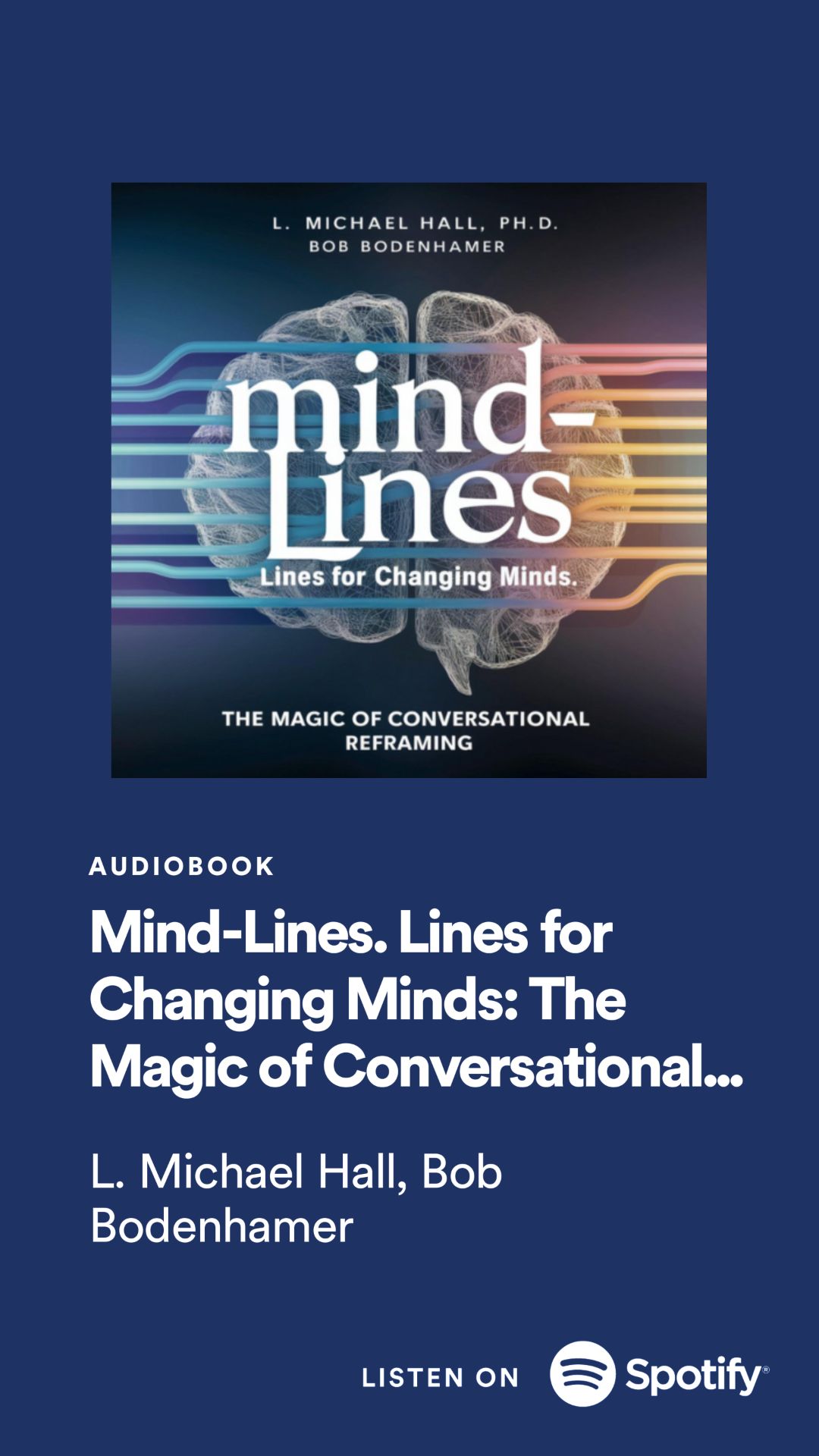In the digital age, the battlefield has extended beyond traditional borders, finding a new arena in cyberspace. The advent of Fifth Generation Warfare (5GW) has ushered in an era where warfare transcends conventional tactics, embracing non-kinetic methods. Among the myriad strategies employed in this landscape, Social Media Manipulation stands out as a potent force, shaping narratives, influencing opinions, and steering the course of conflicts.
Understanding Fifth Generation Warfare (5GW)
Before delving into the intricacies of Social Media Manipulation, it's crucial to grasp the essence of 5GW. This unconventional form of warfare is characterized by decentralized tactics, encompassing cyberattacks, psychological operations, misinformation campaigns, and legal disputes. In the interconnected world of the 21st century, 5GW leverages technological advancements to achieve strategic objectives beyond the scope of traditional warfare.
The Role of Social Media in 5GW
Social Media platforms have become the battlegrounds where narratives are crafted, disseminated, and contested. In 5GW, these platforms serve as powerful tools for influencing public opinion, sowing discord, and destabilizing adversaries. The decentralized nature of social media enables actors to engage in asymmetrical warfare, leveraging the vast reach and instantaneous nature of online communication.
Tactics of Social Media Manipulation in 5GW
1. Disinformation Campaigns
Disseminating false or misleading information to sow confusion and manipulate public perception is a hallmark of 5GW. This tactic exploits the viral nature of social media, causing narratives to spread rapidly and widely.
For example:
2. Deepfake Technology
The rise of deepfake technology introduces a new dimension to social media manipulation in 5GW. Malicious actors can create hyper-realistic videos, audio recordings, or images, deceiving audiences and further blurring the lines between truth and fiction.
For example:
Fake Audio Messages from CEOs:
Cybercriminals create fake audio messages using voice-altering software to impersonate high-ranking company executives, such as CEOs. These manipulated audio messages often contain urgent requests for the recipient to transfer money or disclose sensitive information. In 2021, a bank manager was tricked into transferring $35 million to a fraudulent account due to such a deepfake attack1.
The banking sector is particularly concerned about deepfake attacks, with 92% of cyber practitioners worried about their fraudulent misuse1.
Disinformation Campaigns and Election Manipulation:
Deepfakes have the potential to undermine election outcomes, social stability, and national security. In some instances, they have been used to manipulate public opinion or spread fake news, leading to distrust and confusion among the public.
Governments and other actors can use deepfakes strategically to create disinformation campaigns, influencing public perception and sowing discord. These campaigns exploit the ambiguity and complexity of 5GW, making it challenging to identify perpetrators or discern their motives23.
3. Bot Networks
Automated bot networks amplify the reach of social media manipulation efforts. These networks, controlled by human operators or artificial intelligence, can artificially inflate engagement metrics, create trends, and shape online conversations.
These can be Twitter bots that automatically elevate posts into trending status or more elaborate forms such as those used in Russia and Taiwan.
For example:
Russian Internet Research Agency (IRA):
The IRA is a well-known example of a state-sponsored bot network engaged in 5GW tactics. During the 2016 United States presidential election, the IRA orchestrated a massive disinformation campaign on social media platforms. Their bots spread divisive content, false narratives, and manipulated information to influence public opinion. By exploiting existing societal fault lines, the IRA aimed to sow discord, undermine trust, and create chaos within the American political landscape.
Automated Influence Operations in Taiwan:
In recent years, Taiwan has faced persistent cyber and information warfare threats from state and non-state actors. Bot networks, often linked to foreign governments, have been used to manipulate public discourse, spread disinformation, and influence elections. These bots amplify certain narratives, attack political opponents, and create an illusion of widespread support or dissent. By leveraging social media platforms, these campaigns seek to destabilize democratic processes and weaken societal cohesion.
4. Psychological Operations (PsyOps)
Social media platforms provide fertile ground for PsyOps, influencing the psychological state of target audiences. Tailored content, emotional appeals, and behavioral nudges are employed to achieve specific military or political objectives. Examples can include celebrities endorsing certain ideologies or influencers with big followings or nurses doing Tik Tok dances that promote certain medications.
For example:
Cambridge Analytica and the 2016 U.S. Presidential Election:
Cambridge Analytica, a political consulting firm, exploited Facebook data to create psychographic profiles of millions of users. By analyzing their personalities, preferences, and vulnerabilities, they tailored targeted political ads. These ads aimed to influence voters’ behavior, opinions, and choices during the 2016 U.S. presidential election. The scandal revealed the power of data-driven PsyOps in shaping electoral outcomes.
Myanmar Military’s Disinformation Campaign Against Rohingya Muslims:
During the Rohingya crisis in Myanmar, the military orchestrated a PsyOps campaign on social media. They disseminated false narratives, manipulated images, and incited hatred against the Rohingya minority. By exploiting existing tensions, they fueled violence and justified human rights abuses. This example underscores how PsyOps can exacerbate real-world conflicts and perpetuate atrocities.
5. Targeted Ad Campaigns
Leveraging the extensive data collected by social media platforms, 5GW actors can execute highly targeted advertising campaigns. These campaigns aim to influence specific demographics, exploiting personalized content to achieve strategic goals.
The Cambridge Analytica example has already been covered so here are a couple more:
Case Studies: Social Media Manipulation in Action
1. Election Interference
Instances of social media manipulation have been implicated in election interference globally. Whether through spreading misinformation, creating divisive content, or undermining trust in electoral processes, 5GW actors exploit social media to disrupt democratic norms.
2. Crisis Instigation
Social media has been a tool for 5GW actors to instigate crises, amplifying existing tensions or fabricating incidents to provoke conflict. The instantaneous nature of online communication allows for rapid escalation and destabilization.
3. Public Opinion Shaping
Influencing public opinion is a central objective of Social Media Manipulation in 5GW. By controlling narratives and steering discourse, malicious actors seek to sway the perceptions of global audiences, creating favorable conditions for their strategic goals.
Countering Social Media Manipulation in 5GW
As the threats posed by social media manipulation in 5GW become increasingly evident, efforts to counter these tactics are imperative. Enhanced cybersecurity measures, advanced algorithms for detecting misinformation, international cooperation, and public awareness campaigns are crucial components of a comprehensive strategy.
The Future Landscape
The landscape of 5GW is ever-evolving, and the role of social media manipulation will continue to shape geopolitical dynamics. As technology advances, ethical considerations, regulations, and international collaborations will play pivotal roles in mitigating the risks associated with this form of warfare.
In conclusion, Social Media Manipulation in Fifth Generation Warfare is a multifaceted and dynamic phenomenon that demands a nuanced understanding. Navigating this landscape requires a synergy of technological innovation, strategic countermeasures, and a global commitment to upholding the integrity of information in the digital realm.
Sources
1. [Generations of warfare - Wikipedia](https://en.wikipedia.org/wiki/Generations_of_warfare)
2. [An Introduction to Fifth Generation Warfare - Grey Dynamics]
(https://greydynamics.com/an-introduction-to-fifth-generation-warfare/)
3. [5G and 5th Generation Warfare - YPT.life](https://ypt.life/5g-and-5th-generation-warfare/)
4. [Introducing the '5G' war - Politico]
(https://www.politico.com/newsletters/digital-future-daily/2022/12/15/the-other-5g-00074195)
5. [5G technology and networks (speed, use cases, rollout) - Thales Group](https://www.thalesgroup.com/en/markets/digital-identity-and-security/mobile/inspired/5G)














